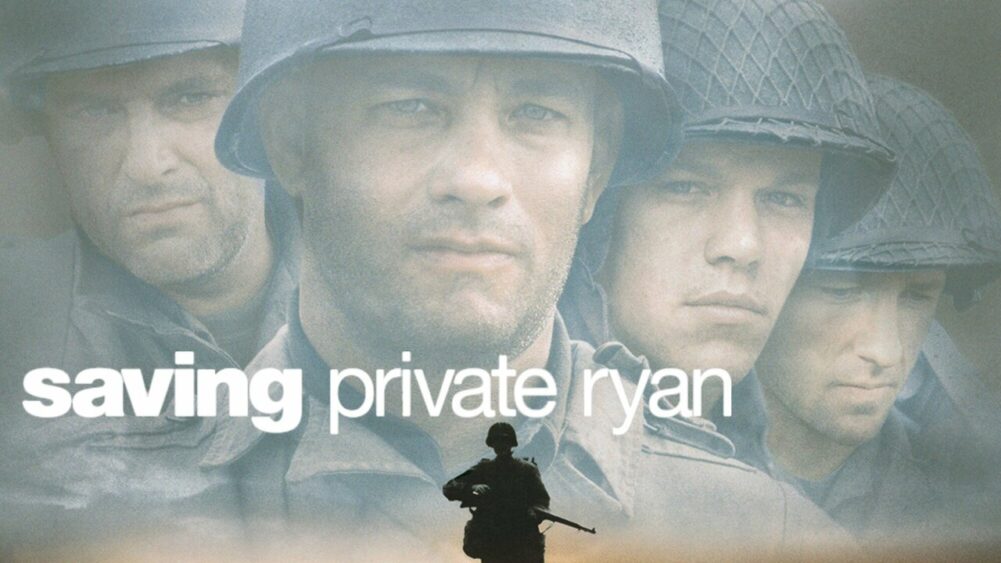Academy Award®-winning director Steven Spielberg, renowned for cinematic masterpieces such as Schindler’s List and E.T., delivers one of the most powerful war films of all time with Saving Private Ryan. Released in 1998, this critically acclaimed epic stars Tom Hanks and a stellar ensemble cast, and is widely regarded as a groundbreaking portrayal of World War II.
Set during the harrowing days following the D-Day landings, the film follows a squad of American soldiers tasked with rescuing a single paratrooper—Private James Ryan—whose brothers have all been killed in combat. Through this emotionally charged mission, Spielberg captures both the brutality of war and the profound humanity of those caught in it.
Awarded five Oscars, including Best Director, Saving Private Ryan continues to be celebrated for its realism, emotional depth, and ethical complexity. In this article, we explore the film’s unforgettable battle sequences, powerful character arcs, and its lasting impact on the war movie genre.
Summary
Saving Private Ryan, directed by Steven Spielberg and released in 1998, is a landmark war film set against the backdrop of the Normandy landings during World War II. The story follows a group of American soldiers on a perilous mission to rescue Private James Ryan, the last surviving brother in a family that has suffered multiple losses in the war.
Blending gripping battle scenes with powerful human drama, this film explores both the brutal realities of war and the enduring strength of the human spirit.
Highlight #1: Realistic Portrayal of the Normandy Landings
The film’s opening 27 minutes are a visceral depiction of the D-Day landings, capturing the chaos, terror, and confusion of battle with unmatched realism. Spielberg employed handheld cameras and intense sound design—complete with booming explosions, gunfire, and soldiers’ screams—to immerse viewers in the experience.
This opening sequence is often cited as one of the most realistic and harrowing portrayals of warfare in cinema history, and it powerfully conveys the horror of the battlefield.
Highlight #2: Human Drama Among Soldiers
At the core of the film lies the emotional journey of Captain John Miller, portrayed by Tom Hanks, and his squad. Each soldier brings a unique background and personality, and the film masterfully portrays how the war affects them individually and collectively.
Captain Miller’s inner conflict—balancing duty with moral anguish—is a poignant thread throughout the narrative. Hanks’ nuanced performance highlights the emotional toll of leadership in war. Through themes of camaraderie, sacrifice, and courage, the film reflects the profound human cost of conflict.
Highlight #3: Harsh Realities and Ethical Dilemmas of War
Saving Private Ryan doesn’t shy away from the ethical complexities of warfare. As the mission progresses, the soldiers frequently question their orders, particularly the cost of risking many lives to save one.
Scenes involving encounters with enemy combatants and civilians challenge the characters—and viewers—to confront the moral ambiguities of war. Spielberg effectively uses these moments to present war not as black-and-white heroism, but as a series of deeply personal and ethical crossroads.
Final Thoughts
With its groundbreaking realism, emotional depth, and philosophical weight, Saving Private Ryan has become a cornerstone of modern war cinema. It compels viewers to reflect not only on history, but on the values of courage, sacrifice, and humanity.
For younger generations—especially those who have never experienced war—this film offers a vital, immersive way to engage with the past and better understand the human stories behind wartime headlines. Beyond textbooks, cinema like Saving Private Ryan serves as an important medium for education, empathy, and awareness.
